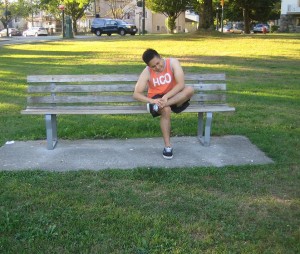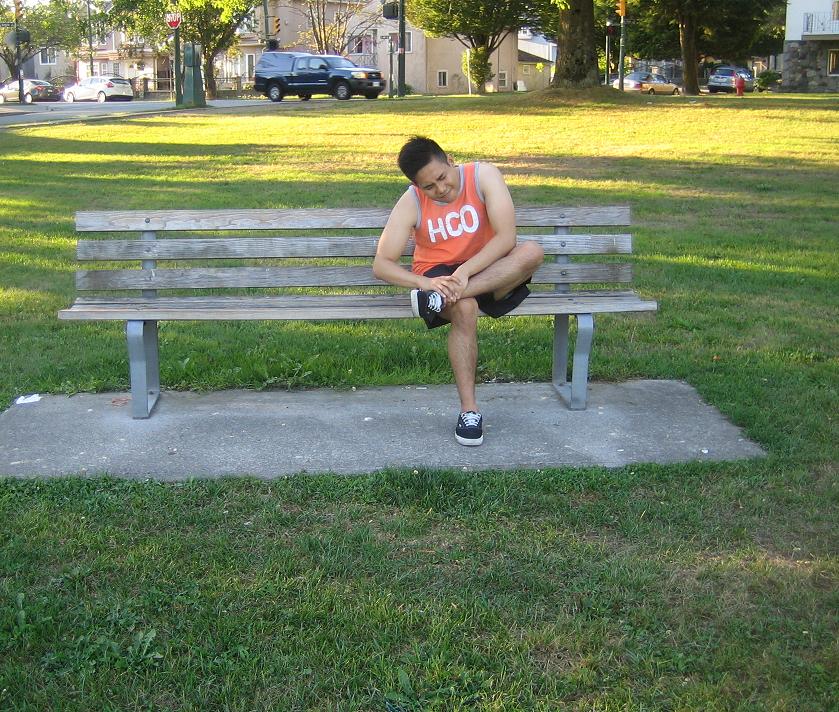When it comes to discoid eczema, it can cause the characteristic circular or oval-shaped patches of eczema. The patches can manifest on any part on the body, including the forearms, lower legs, trunk, feet and hands.
https://www.youtube.com/watch?v=1u5D-wPJqSo
The scalp and face are not usually affected. The initial indication of discoid eczema is the development of small-sized, red bumps on the skin. These rapidly clump up to form bigger red, pink or brown patches that can range from a few millimeters up to several centimeters in size. Initially, these patches are often blistered, swollen and drain fluid. In addition, these patches are very itchy especially at night time.
After some time, the patches become crusty, dry, flaky and cracked. The middle of the patches can oftentimes subsides, leaving a ring of discolored skin that can be mistaken as ringworm. The patches can last for weeks, months or even years if not treated and can continue to recur often in the same area that was previously affected. Occasionally, the areas affected are permanently discolored after the condition cleared up.
Signs of infection

The patches of discoid eczema can become infected. The signs of infection include the following:
- Patches that drain a lot of fluid
- Feeling sick or generalized feeling of unwell
- Yellow crusts that develop over the patches
- Skin surrounding the patches turn red, swollen, warm and sore
- Chills
How discoid eczema is diagnosed
Since discoid eczema triggers characteristic symptoms, the doctor can come up with a diagnosis by assessing the affected areas. In some cases, certain tests are performed to rule out other conditions such as the following:
- Swab test to check for infection
- Assessment of the skin flakes to determine the presence of a fungal skin infection particularly ringworm that has comparable sign and symptoms to discoid eczema
- Patch testing can be carried out in rare circumstances in order to dismiss contact dermatitis in which small amounts of various substances are applied on the skin to check for a reaction
The patch tests usually reveal a negative result among individuals who have discoid eczema. The doctor might refer the individual to a dermatologist if a diagnosis is uncertain or if there is a need for patch testing.
When to seek further care
It is best to set an appointment with a doctor if discoid eczema is suspected since the condition usually takes a long time to improve without treatment and has the tendency to recur. It is also recommended to seek medical care if the skin might be infected since there might be a need to use an antibiotic cream or antibiotics taken orally in severe cases.

